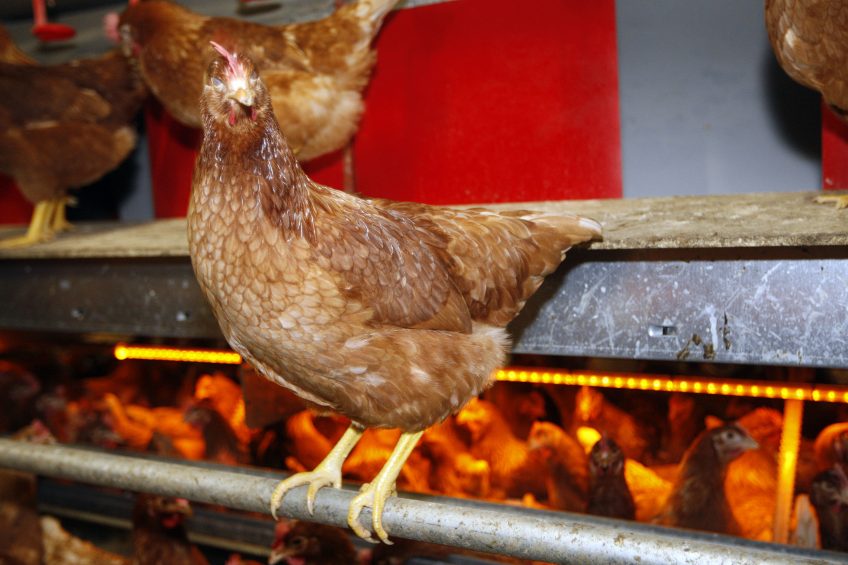Diet and housing system influence consumer acceptance

Consumers are increasingly concerned about the origin and quality of the food on their plates. These concerns include aspects of human health, animal health and welfare and the environment. Research was done on consumer acceptance of eggs from Hy-Line Brown layers fed soybean or soybean-free diets using cage or free-range rearing systems.
Nowadays consumers have become more demanding about what they buy or prefer in their food, such as soy-free, gluten-free, or organic products. The concerns about animal welfare have led to significant changes in the poultry industry regarding egg production. Egg production systems have changed from the current conventional cage facilities towards cage-free rearing systems. In the European Union conventional cages are forbidden, other countries will follow. Several food retailers and food service chains in the US, such as Wal-Mart and McDonalds, have announced to sell or use eggs produced only by cage-free laying hens.
Free-range is an example of a cage-free rearing system. In free-range rearing systems hens have access to the outside ambient environment; gates or pop-up holes can be closed in the evenings, or be fitted with bars to limit access by predators.
Many factors involved
Quality of the eggs produced in free-range rearing systems has always been compared with the quality of eggs produced in cage systems. It is suggested that eggs from cage-free hens taste better and are also better for both consumer health. This of course has much more to do with the hens’ diet rather than the rearing environment, but they are intertwined.
It is important to understand all the factors that can affect hen performance, egg quality, and consumer acceptance. Consumer acceptability of products using human senses such as smell, sight and taste can provide scientific evidence to underpin several claims.
Sensory and flavour scores
In this study consumer acceptance of eggs from hens fed soybean meal or soybean-free diets utilising cottonseed meal and distillers’ dried grains, and using cage or free-range rearing systems was evaluated. Preference for scrambled and hard cooked eggs was tested by a panel of consumers made up of students, faculty and staff, ages 18 to 50. Sensory scores were based on overall like or dislike of flavour, texture, odour, and colour using the 9-point hedonic scales. For scrambled eggs, flavour did not differ, but texture liking was higher for scrambled eggs from the soybean-free diet vs. scrambled eggs from the soybean diet. The consumer panel preferred the flavour of hard cooked eggs from the caged rearing system; consumers liked the texture of eggs collected from hens fed soybean meal.
Find out more about some of the protein alternatives for soy that are currently seen as promising for livestock.












